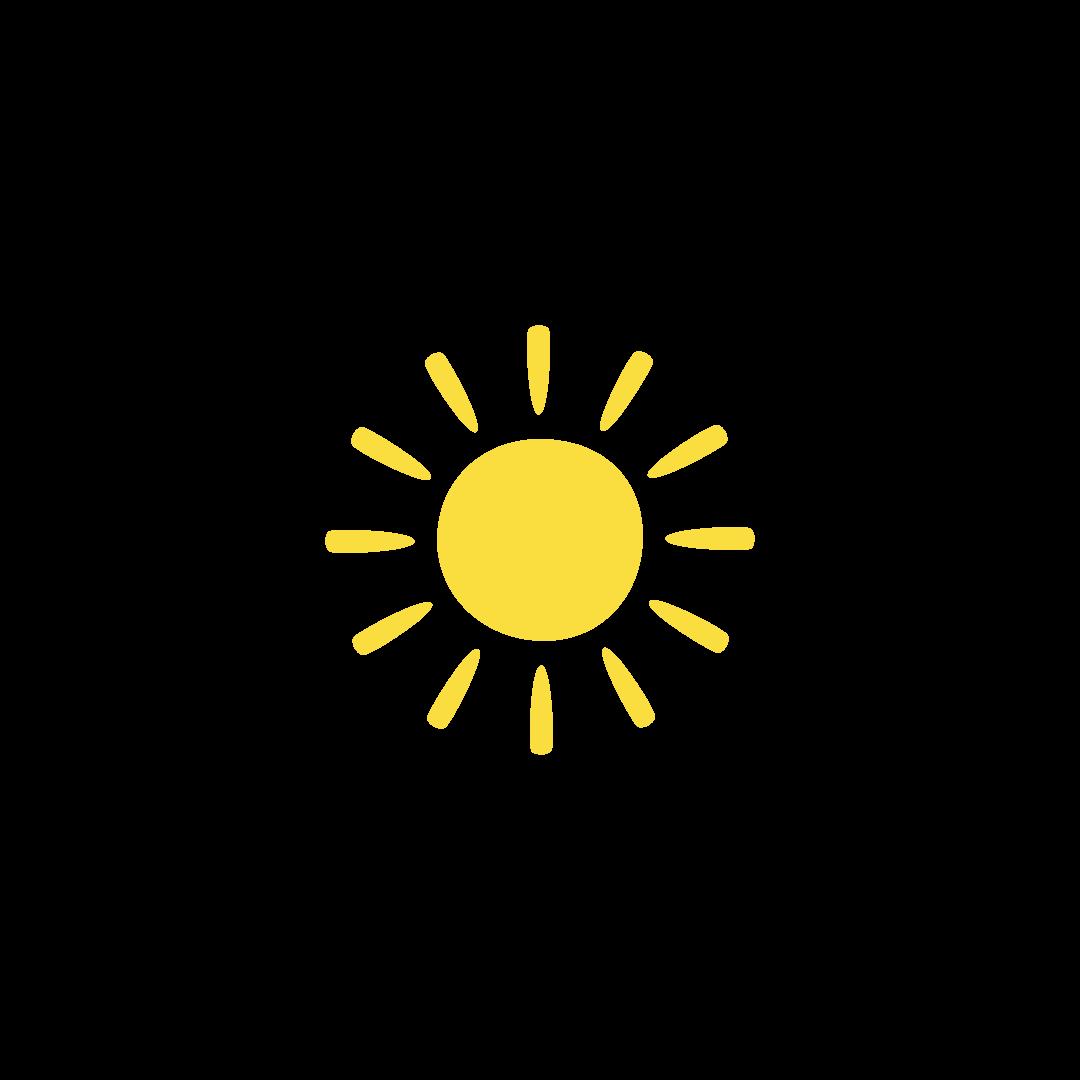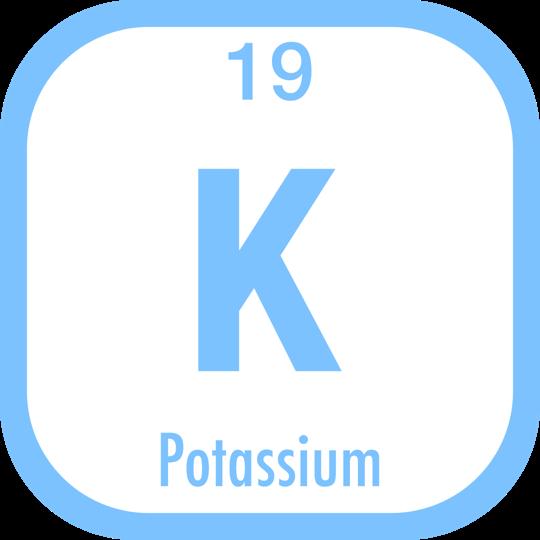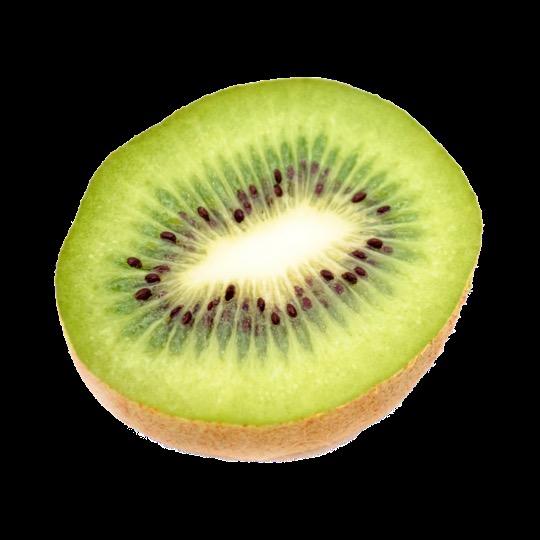

Dixie District Schools
Teaching Kids the Importance of Health & Wellness





TM 2024 EDITION D I G I T A L M A G A Z I N E
Florida E N R I C H M E N T

Dixie District Schools is proud to be participating in Wellness Wednesdays serving healthy foods & promoting nutrition education.






Teaching Kids the Importance of Nutrition Education.



Potassium

Protein
Oranges


Oranges are a type of them grown in the U.S. from
3
Popular Types of Oranges:
1. Navel
Orange season is 9 months long… October - June!

2. Hamlin
3. Valencia
600+ varieties of oranges.






oranges are juiced.

-tropical areas have ideal climate for growing oranges.
Most oranges are harvested by hand.


Vitamin C





Vitamin C supports the immune systemthe body’s defense against infections.
ENERGY booster!
Vitamin C is also referred to as “ascorbic acid.”



Vitamin C helps keep you happy & healthy!
Vitamin C is an antioxidant.
Antioxidants help protect against damage caused by exposure to harmful substances in the environment.
The body cannot make vitamin C on its own - it has to come from food.

What do you call a vitamin that improves your eyesight?
A Vitamin C!

Vitamin C is a very important vitamin for healthy gums & teeth.
Broccoli


Broccoli is a vegetable related to cabbage, kale, cauliflower & others.
2
1. Sprouting
2. Heading


Pronounced · fr· uhs

Broccoli


The word broccoli means “the flowering top of a cabbage. ”


Broccoli is a part of the brassica family.

Broccoli grows during the

Potassium


Potassium supports balancing fluid in the body & proper function of the muscles and nerves.

Once potassium enters the body, it functions as an electrolyte.
Helps to keep the body hydrated!
Electrolytes help balance the amount of water in the body.

Potassium is the THIRD most abundant mineral in the body.
Potassium helps promote bone health.

FUN FACT:
The body is made up of approximately
Potassium helps to regulate muscle contractions.

98% of the body’s potassium is found it its cells.

Many runners eat foods high in potassium before a run to

Carrots



Carrots are a type of root vegetable underground
Carrots are 88% water.






WINTERS underground!

Carrots are biennials, which means they have a 2-year life cycle.

Vitamin K



Vitamin K supports proper blood function, bone growth & kidney health.
2 main forms of vitamin K: K1 and K2.
Vitamin K is a fat-soluble which means…

The body has the ability to create vitamin K on its own.

Vitamin K helps the body heal from wounds.
It absorbs better into the body when eaten with foods with some fat like olive oil or avocados

Vitamin K helps produce proteins that bind themselves to calcium - this helps build strong bones.

Vitamin K supports heart health.


Vitamin K is found throughout the body in the liver, brain, heart, pancreas & bones.
Vitamin K plays a role in proper blood function- specifically with clotting.
Milk



Milk is a type of dairy product –most commonly made from cows.
1 serving milk contains
13 essential nutrients
1. Ayrshire
2. Brown Swiss
3. Guernsey
4. Holstein
5. Jersey
1 cow produces around 6 gallons of milk/day.


Milking Shorthorn
Holstein cows all have a unique pattern of spots!

The reason milk is white is because it contains “casein”
- a type of protein.


The U.S. produces ~227 BILLION pounds of milk each year.

Milk is the source of ALL dairy products!




Protein



Protein builds, maintains and replaces the tissues in the body.
Protein helps to transport & store nutrients throughout the body.
18-20% of the body is protein.

EVERY cell in the human body contains protein.

The body cannot store protein long term… which is why protein needs to be consumed daily.

Protein plays a big role in building and repairing muscles.


Protein is a MACRONURIENT. A macronutrient is a nutrient that the body needs in LARGE
Protein helps maintain fluid balance throughout the body.

“building blocks




































































































































